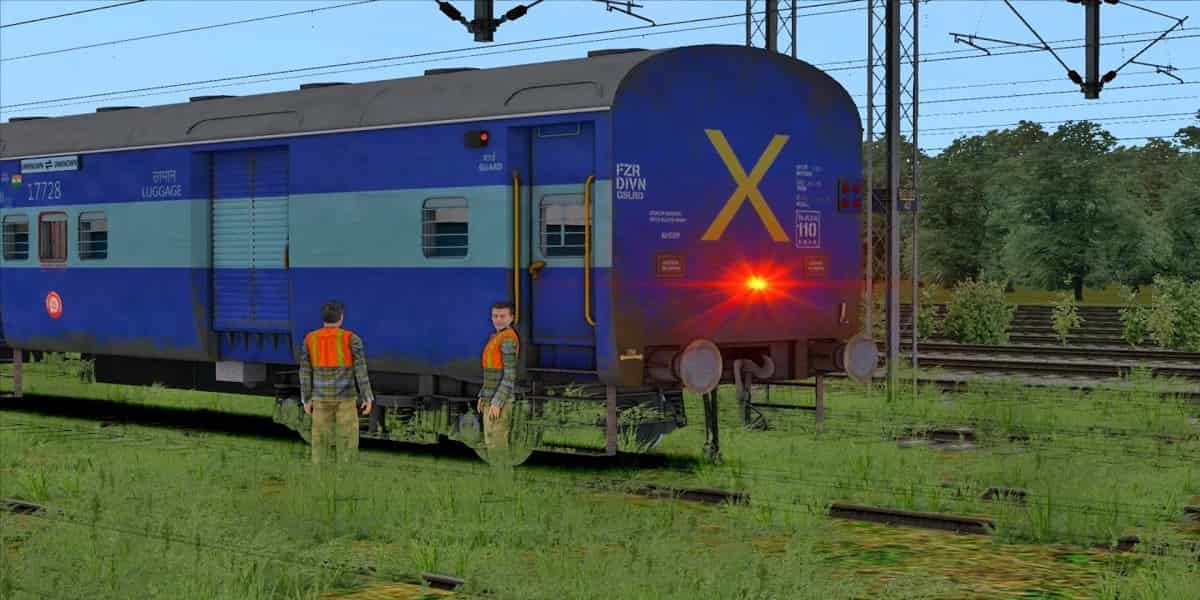Indian Railway Train Tail Lamp
Doodlebrary
In the context of Indian Railways, “tail lamp” typically refers to a signaling device used on the rear of a train. These lamps are essential for ensuring the safety of trains, especially during nighttime or adverse weather conditions. Tail lamps serve as a visual indicator to signal the presence of a train to other trains or railway personnel.
Here are some key points about tail lamps on Indian railways:
- Purpose: Tail lamps are primarily used to indicate the rear end of a moving train. They help prevent rear-end collisions by signaling to other trains and railway staff that a train is in motion.
- Design: In Indian Railways, tail lamps are typically red in color. They are often affixed to the rear of the train, near the last coach or wagon. The specific design may vary, but they are usually visible from a distance.
- Regulations: The use of tail lamps is regulated by railway authorities to ensure uniformity and safety. Railway staff responsible for the maintenance and operation of trains are expected to adhere to these regulations.
- Safety Measures: In addition to tail lamps, other safety measures such as flags, hand signals, and communication between railway personnel play a crucial role in ensuring the safe operation of trains.
- Nighttime and Poor Visibility: Tail lamps are especially important during nighttime travel and in foggy or other conditions where visibility is reduced. They make it easier for following trains to maintain a safe distance and prevent collisions.
- Shutdown Indication: A train displaying a tail lamp at the rear can also indicate that it is stationary or has come to a stop. In such cases, following trains should be prepared to stop or proceed with caution.
It’s worth noting that while tail lamps are a traditional signaling method, modern railway systems also use electronic and automated signaling systems to enhance safety. These systems can include trackside signals, radio communication, and GPS-based positioning to ensure the safe and efficient operation of trains.
